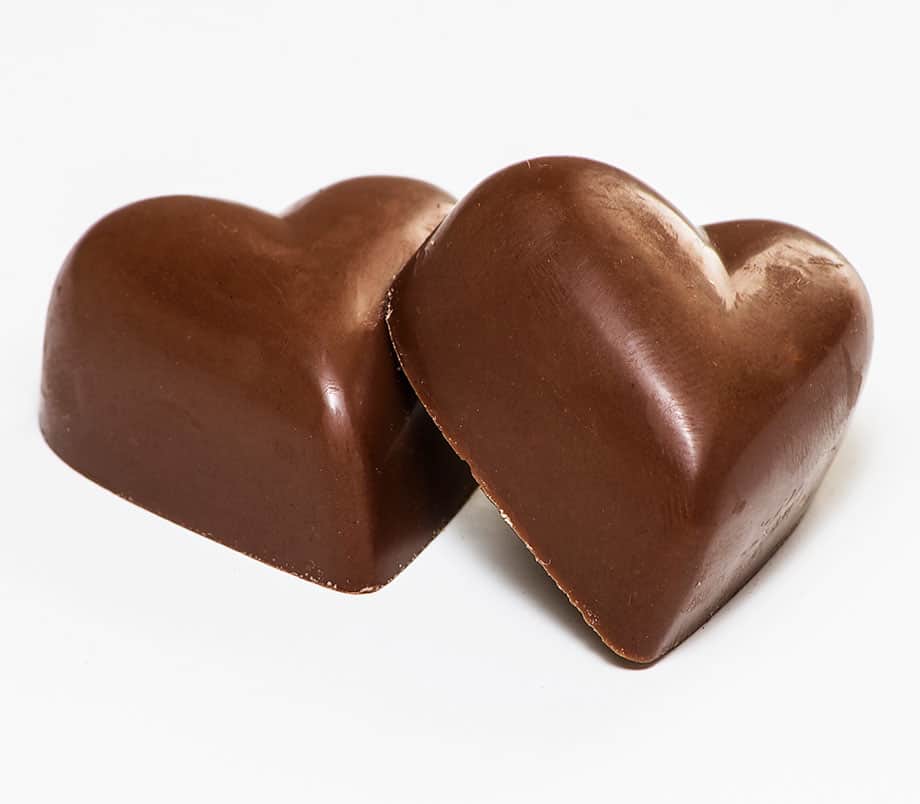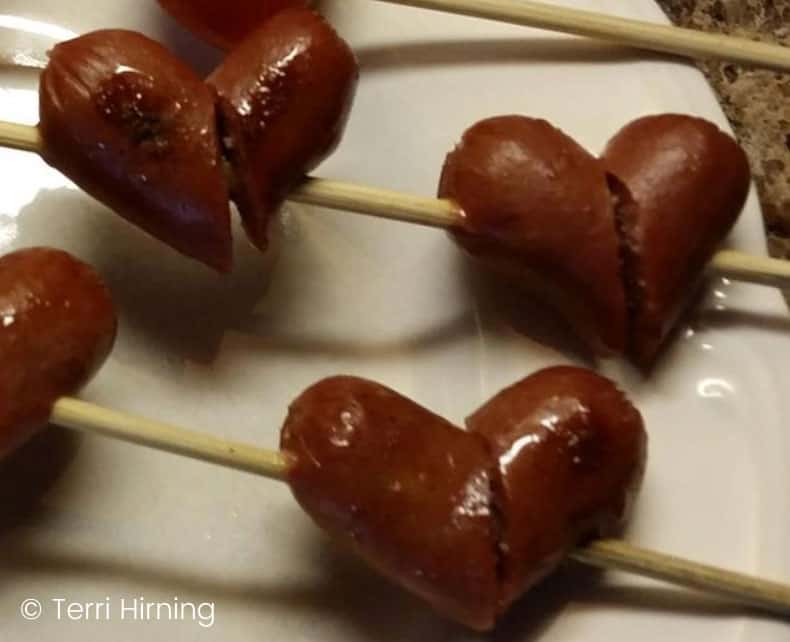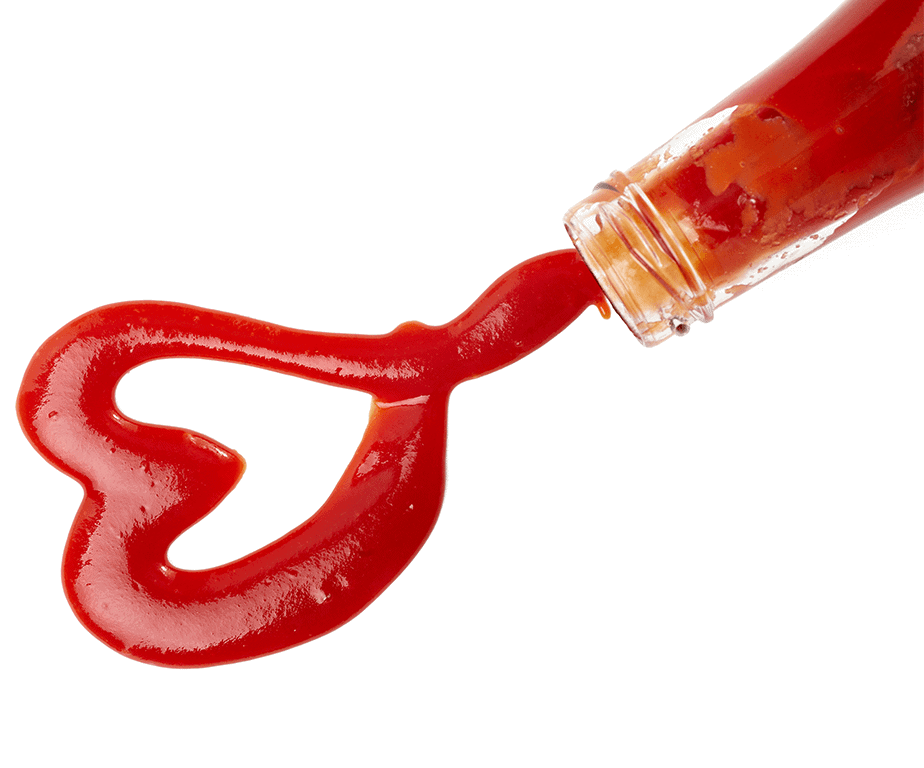
Valentine’s Day is almost here! Food and candy tend to play starring roles, which can be a challenge when you want to eat healthy and/or navigate food allergies/intolerances.
It is possible though… to celebrate our loved ones with healthy foods and treats!
Here are key ideas and recipes to make this Valentine’s Day nourishing and festive!
1) Repurpose already festive foods: Strawberries make a pretty perfect compliment to Valentine’s Day (if you can find them locally) due to their color and shape. My Gelatin Hearts recipe is perfect because it combines the gut-soothing gelatin with a fun and festive strawberry heart. This is also a great alternative for those who cannot have or don’t like chocolate. Strawberries can also be cut and/or skewered and dipped into melted chocolate – Enjoy Life Chocolate Chips are perfect for this! Raspberries are other festive fruits that can be shaped into a heart if strawberries aren’t tolerated or liked.


2) Bake something festive: Bake gluten-free crackers or cookies and make them heart-shaped with cookie cutters. See the gluten-free cracker recipe we made one year for Valentine’s day. You can also do cupcakes or cakes if you want to get really fancy but even a simple baking project can be fun and festive. Even better if your child wants to get involved and help expand their kitchen skills!
3) Use fun candy molds: Melted Enjoy Life Chocolate Chips can be melted using a double boiler and poured into heart, lips, or flower candy molds. These can be customized to what you like and/or dietary needs. You can add nuts, nut /seed butters, chopped fruits, whatever you like in your chocolate! You can even use my easy Dairy Free Fudge Recipe and pour into molds for a delicious chocolate treat. You can make the standard recipe and pour into a shallow pan and use cookie cutters if you don’t have candy molds.

4) Get Creative: You don’t have to recreate the wheel, use your own family’s favorites, just repackage them in different shapes to make it fun. This can mean cutting pancakes or sandwich bread with a fun cookie cutter like a heart, lips, arrow, etc. for a festive breakfast or lunch. Or make hotdogs into hearts. You simply take hotdogs (regular or mini), slice them in half and put a skewer in them to make them into hearts.


5) Make sauces and nut butters into hearts: If your child likes ketchup, you can give their plate a squirt in fun shapes or words that they can then dip their food into (or add it to your plate with the heart hotdogs!). Make your nut-butter in the shape of a heart on a cracker, piece of bread, or even on a flat slice of apple.
6). Use fun and colorful serving dishes, table decor, or even condiments. Even if the foods are the same ones you normally eat, they can be plated in the shape of a heart or use red or pink napkins or cut hearts out of construction paper as a Valentine’s Day placemat.

Festive holidays can remain healthy with a few simple tweaks.
Whatever you do this holiday, may it be filled with love and hope!
Share your ideas with us in the comments below. I’d love to see what your family and children do to celebrate the holidays.
Julie
Amazon Disclaimer: Julie Matthews and Nourishing Hope is a participant in the Amazon Services LLC Associates Program, an affiliate advertising program designed to provide a means for sites to earn advertising fees by advertising and linking to Amazon.com.
FTC Disclaimer: Some links may be affiliate links. We may get paid if you buy something or take an action after clicking one of these.




I am seeking a good gelatin source. After reading about many products, I am uncertain about a safe, truthful product to purchase (many seem to embellish and do not prove to be grass fed based bovine). I would love any ideas of brands that folks at Nourishing Hope use. We use an organic based diet so are there companies that are trusted? Thank you